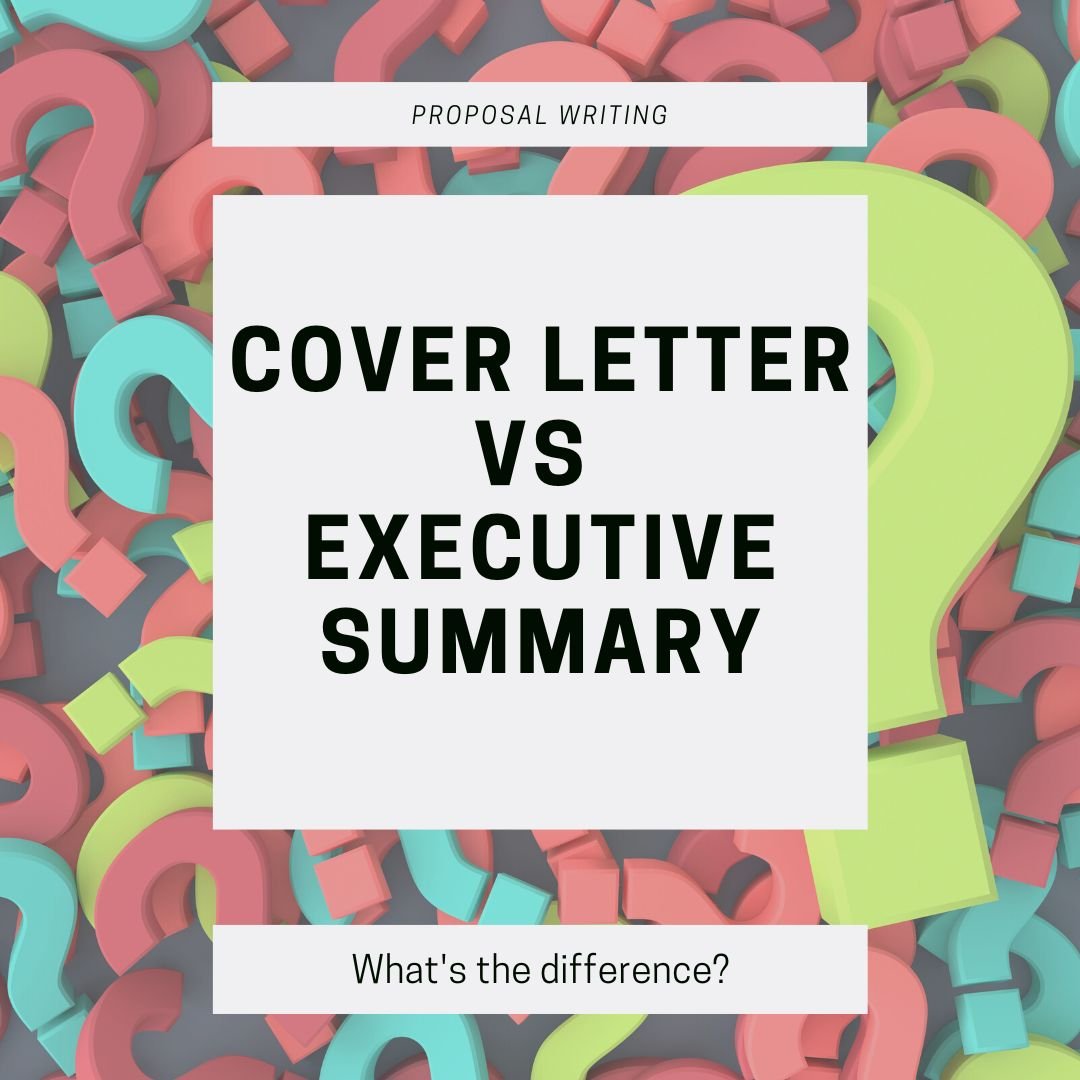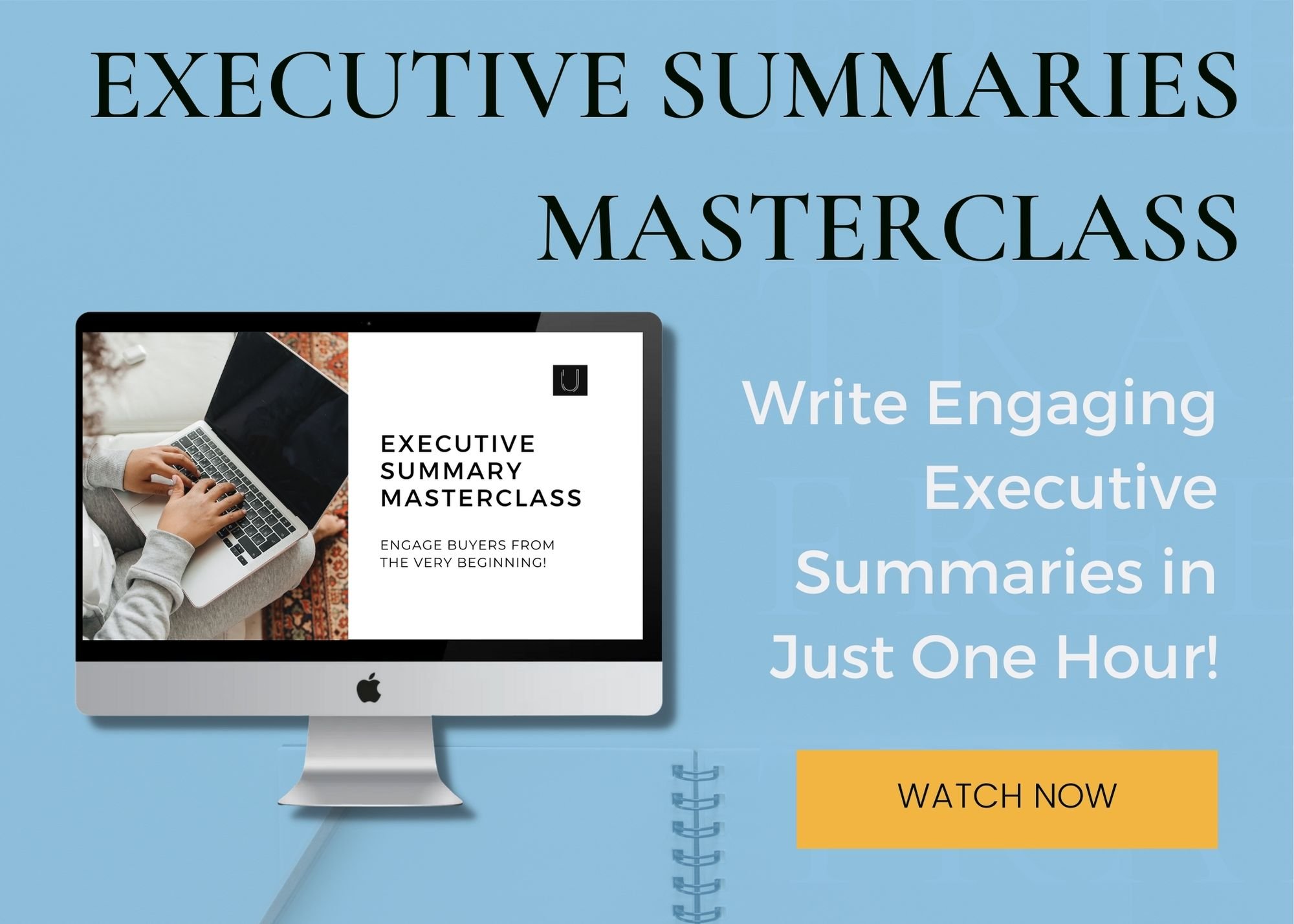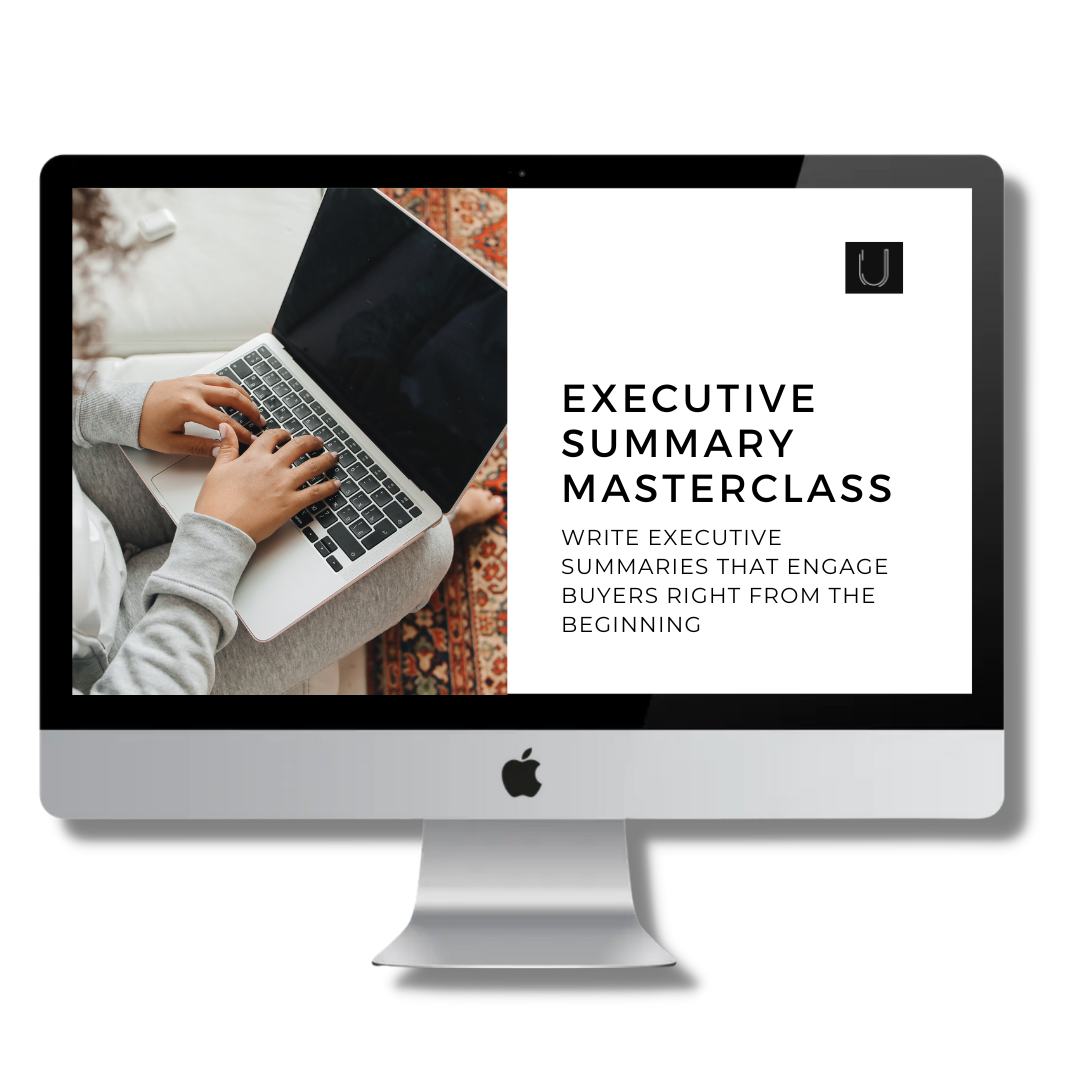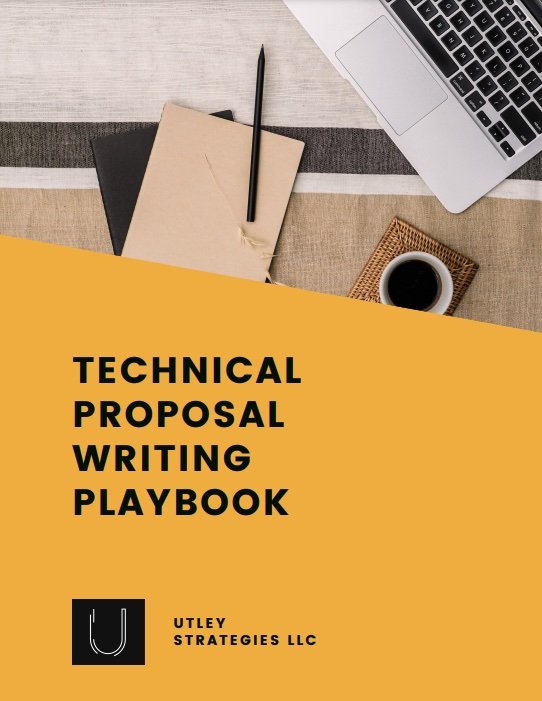Cover letter vs Executive summary: What’s the difference?
Whether a prospect asked you to send over a proposal or you have a formal RFP on your desk, you’ve likely encountered recommendations to include a cover letter and/or executive summary in your proposal. If you’ve read instructions on how to write either, then you may be left wondering, “What’s the difference?”.
While these two sections have many similarities, there are key differences between cover letters and executive summaries, including when and how you should use them. Let’s dive in!
What is the difference between a cover letter and an executive summary?
Both the cover letter and executive summary sit at the beginning of your proposal and they should be short, concise sections (typically no more than one page). Cover letters differ from executive summaries in that they are on company letterhead and signed by a high-ranking member of your team. Because of this more personal format, cover letters are the perfect place to touch on any personal relationship with the customer and any key points that show you truly understand their challenges.
Executive summaries, on the other hand, tend to be more about the specific project and less about your relationship (or future relationship) with the customer. In the executive summary, you will open with a summary of the current challenge, dive into a quick overview of your solution, and highlight any unique components of your offering.
If you’re still unclear on the difference between these two sections, let’s take a look at each in more detail.
Cover Letters
Cover letters are arguably the one of the most underutilized sections in proposals. Your cover letter should sit directly after the cover page but before the table of contents (unless otherwise stated in the RFP). Because this is the first written section of the proposal, the cover letter is the perfect opportunity to make a great first impression. Use the cover letter to connect with buyers on a more human level by showing that you understand their current challenges and how your company will help to overcome them.
For example, if your company is the incumbent on a project, you might speak to the number of years that you’ve worked with them, your relationship with existing team members, and how you have an intimate understanding of the way the buying organization operates, which will make onboarding a breeze. If your executive team or lead consultants are directly involved in the project or provide some sort of personal touch (maybe quarterly meetings), that’s perfect to mention in the cover letter.
If you don’t have an existing relationship with the customer, you can use the cover letter to introduce your company and any unique ways you will support them. For example, if they will have a dedicated support person instead of a general help desk, introduce that person in the cover letter and explain how they will work with the customer. The more personal you can make the cover letter, the more likely they are to read the entire proposal.
Tips for Better Cover Letters
Think about your opening. Many companies miss out on forming a real connection by relying on “fluff” content in the opening line. Instead of thanking them for the opportunity or saying “we are pleased to present this proposal”, use the opening sentence to speak to the customer’s current problem and goals. This will inspire them to keep reading rather than skim through your proposal, and it increases your credibility.
Use formatting to your advantage. Just because it’s a letter doesn’t mean your cover letter should be giant blocks of text. In general, most cover letters are 3-5 paragraphs. Incorporate bolded text and bullet points where possible to make it less overwhelming to read. Many people today are conditioned to skim, and you want to make your cover letter as easy to read as possible.
Focus on the buyer. As with every section in your proposal, your cover letter should speak to the customer’s needs and how you will help them to achieve their goals. It should not be a summary of your company. Do not list out your office locations, company timeline, or any other broad company information unless it is specifically requested or ties back to the customer’s goals.
End with a positive vision. Your last sentence or paragraph should speak to what you hope to accomplish with the customer and the possibility of a long-term partnership.
Executive Summaries
The executive summary is the one section that nearly everyone will read, which means it’s a great place to share information related to the buyer’s hot button issues that will persuade them to work with you. In general, the executive summary will occur right after the table of contents and before the rest of your proposal. However, if your proposal is shorter (less than 20 pages), you likely don’t even need an executive summary.
For RFPs, I typically only include executive summaries if it’s specifically requested in the RFP. Many times it’s a better idea to focus on the highest ranking section in the evaluation criteria to try to earn more points than it is to write an executive summary that may or may not be evaluated. If you’re creating a proposal not for an RFP, then you can decide if you want to include one if it’s longer than 20 pages.
Executive summaries are typically about five paragraphs. The first paragraph should focus on the current state and challenge. This is followed by an introduction to a solution and then a clear picture of why your company is best positioned to provide that solution. Similar to cover letters, end your executive summary on a positive note.
Tips for Better Executive Summaries
Include visuals. If you’re selling a product, include a photo of the product in the executive summary so they can quickly see what they will be getting. If you are selling a service or something less tangible, you can include a photo of your team (if that’s a key differentiator) or another aspect of your solution. Even something as simple as your company logo can help to break up the text and make it easier to read.
Do not include pricing. Unlike investor proposals or business plans, you do not include any price or cost information in the executive summary for sales proposals. Instead, focus on your solution, your differentiators, and any key points that are important to the buyer.
Limit to 3-5 main points. While it may be tempting to include as many details as possible, the best executive summaries are limited to one page. To do that, focus on the 3-5 main points that will most resonate with the buyer and describe those in the executive summary. If you’re struggling to reduce your topics, create larger “umbrellas” that can group multiple points together. For example, say you have a great help desk that’s available 24/7 and a dedicated support person during business hours. You can group both of these under a bullet point called something like “Customer Support When You Need it”.
BECOME AN EXECUTIVE SUMMARY EXPERT
Executive Summary Masterclass
This one-hour training will teach you everything you need to craft Executive Summaries that buyers love.
Grab your spot to start writing better Executive Summaries today!
Next Steps
Now that you know the difference between cover letters and executive summaries, it’s time to start writing your own!
If you focus on the buyer and their goals and pain points, your writing will stand out from most competitors and build a stronger relationship right from the beginning.




